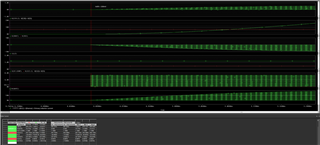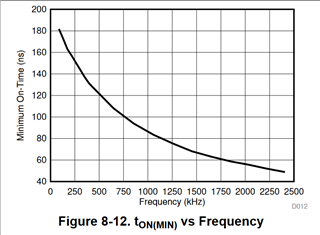Other Parts Discussed in Thread: LM5156
Tool/software:
Hi,
I want to design a boost converter to have a 160V/50W output, max 80W. The input voltage is between 9-30V so I did a flyback design with the LM5156. I attached the SNVC240 calculation tool.
With the Pspice for Ti software, I tried to simulate this design.
At the start up, the peak primary winding current is more than 50A, after 2ms, the limit current seems to work fine !
I don't understand, is it something wrong with the slope compensation and the soft start function. I didn't see any relationship between the SS and comp voltages.
Please can you explain me this inrush current at the start up ?
Thanks,



